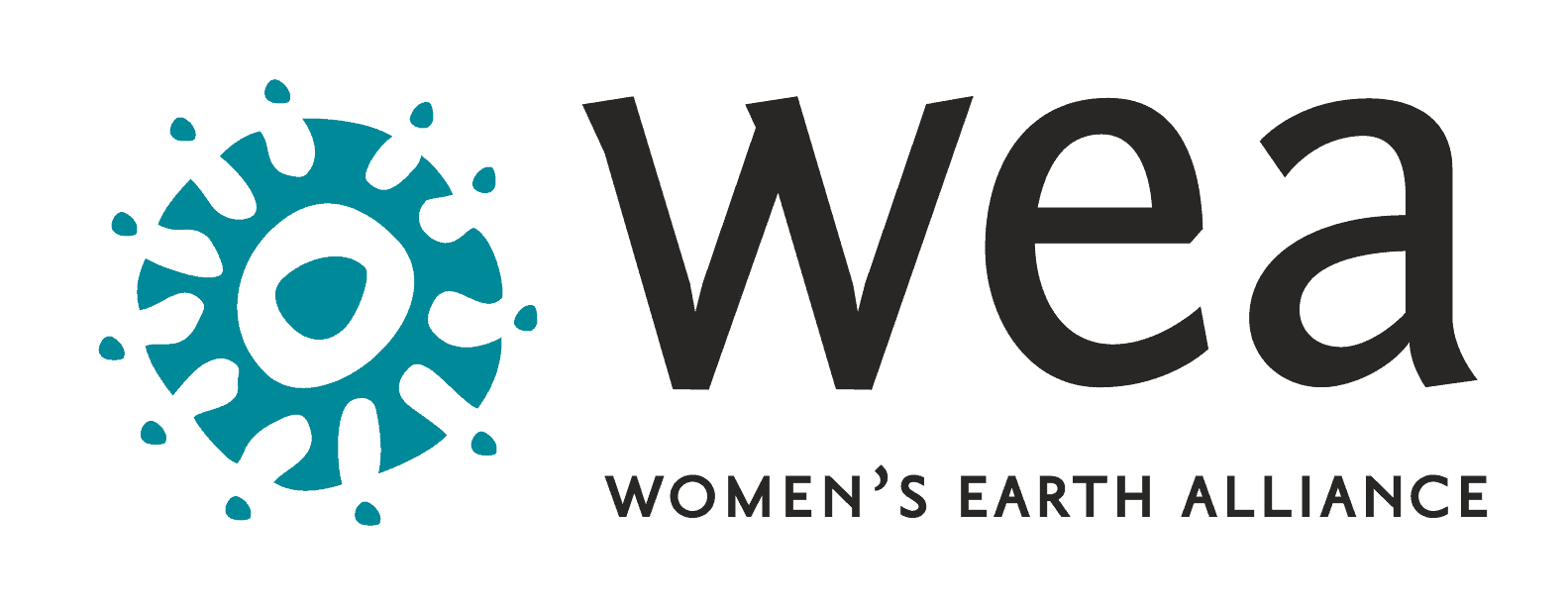Women, disasters and climate change
As Mary Robinson and Wangari Maathai stated in the Huffington Post in 2010, “The battle to protect the environment is not solely about technological innovation — it is also about empowering women and their communities to hold their governments accountable for results.” This has been a core foundation of WEA’s work for the last decade, and — as this article in The Jakarta Post details — our current times and the natural disasters we see around the world today reinforce this very principle, driving home the need to truly invest in the women around the world who invest in our earth and communities.
In his speech in 2009, UN Secretary-General Ban Ki-moon said climate change affected people of all ages and gender albeit in different scales and intensity. However, the most vulnerable are the poor, while women are disproportionately affected as compared with men, with a ratio of 4:1. According to the World Bank (2008), 61 percent of victims from the Myanmar hurricane were female, 80 percent from the Aceh tsunami and 67 percent from Hurricane Gorky in Bangladesh.
Women also endure greater ongoing suffering from the impacts of climate change. For example, failed crops causing food scarcity may further result in a sharp increase in malnutrition among women and girls — as many traditions prioritize food for men and boys as the breadwinners of the family. During long droughts, women must walk as far as 10 kilometers just to fetch a bucket of water for their families.
These circumstances may lead to the misperception that women are more vulnerable to the impacts of disasters because of their weak physical characteristics; in reality, it is gender inequality that contributes to the high proportion of women’s suffering amid disasters.
Read the full article here.
